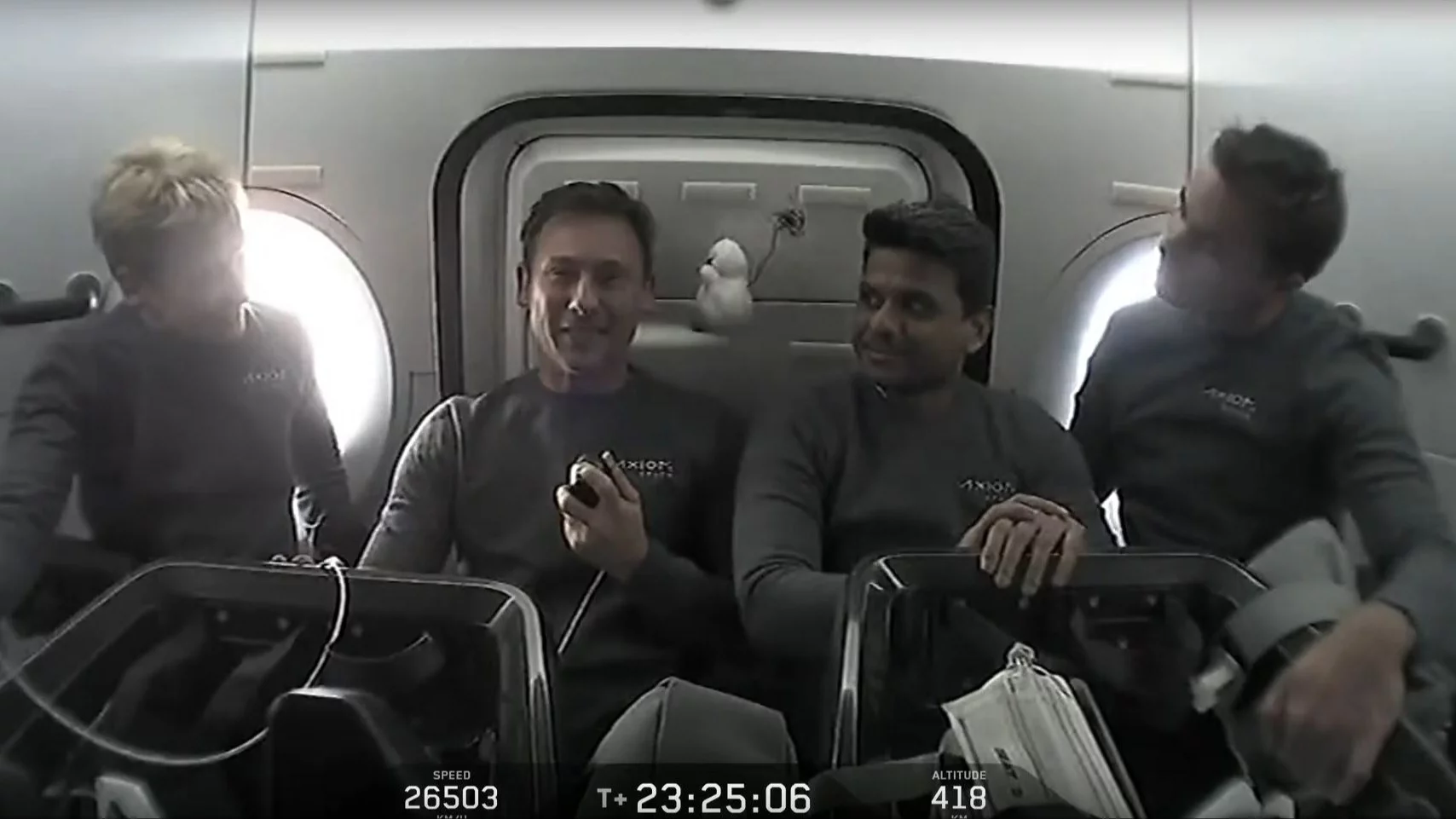Yorkshire and north-east England are experiencing one of their driest years on record, with rainfall levels plummeting to historic lows. The region has received just 242.8mm of rain so far in 2025 - less than half the amount that had fallen by this stage last year.
This year's rainfall total is even lower than the 285.1mm recorded by this point in 1976, when Britain endured one of the most severe droughts in modern history. That notorious year saw heatwave spells lasting more than two weeks across many locations.
Lowest levels since 1959
The cumulative rainfall figures for Yorkshire and north-east England represent the lowest for this part of the country since 1959, when 238.1mm had fallen by July 9. Only 1949 recorded a lower total for this period, with 210.3mm.
The data, which runs up to July 9, comes from the Met Office's Hadley Centre observational records of average daily rainfall. These measurements have been collected since 1931, providing nearly a century of comparison data.
Record number of dry days
The region has experienced 87 days so far in 2025 with little or no rainfall, defined as less than 0.1mm. This exceeds any other year since records began, surpassing the previous highest total of 81 days in 1959.
Yorkshire and north-east England have recorded 47 days this year when no rainfall was measured at all. This figure sits just behind the 49 days reported at this stage in 2020, but remains well below the 81 recorded by this point in 1959.
National picture less severe
The overall situation across England and Wales presents a less dramatic picture, though still concerning. The broader region has seen just 16 days so far where no rainfall was recorded and 62 days with less than 0.1mm.
An average of 326.7mm of rainfall had fallen across England and Wales by July 9. This represents the lowest total for this stage of the year since 1976, when just 248.3mm had been recorded by the same date.
(PA/London) Note: This article has been edited with the help of Artificial Intelligence.

 6 godzin temu
6 godzin temu













